The ASI meeting at IIT Roorkee was coming to a close, with some amazing talks & posters, and great interactions with new people. The stage was getting set for folks to go back to their homes and start working. But I had a very different idea.
Roorkee, and Haridwar some distance away form the start of a general pilgrimage tour for the hindus called the “Chota char dham yatra”, or the smaller tour of four holy sites. The four holy sites are four mountain peaks in the Himalayas adorned with beautiful temples and marking the start of beautiful rivers – Badrinath (or Badrikashrama, where Alakananda starts), Kedarnath (where Mandakini starts), Gangotri (where Bhagirathi starts) and Yamunotri (where Yamuna starts). Ever since the ASI announced of the conference at Roorkee, I wanted to perform this small tour. However, I didn’t have enough time – we have got work to do – so I wanted to atleast visit Badrinath, where the God Badri Vishal (yep, I am named after this God) resides. The temple is flanked by two mountains named Nara and Narayana, which get completely covered with snow during the winters, preventing any travel to the temple.
I thought “summer” would mean “after Equinox”, so the temple would be open. But to my dismay, I found out that all the four temples would actually open more than a month later. I was very much heartbroken at the foil of my plans. Nevertheless, I planned to go till the closest possible base camp – called Joshimath. Joshimath is named after a monastry established by the great Adi Shankaracharya, who revised, cleaned and revived Hinduism in the 5th century or so. He is credited with establishing the philosophy of Advaita, commentaries on texts like Bhagavad Gita, and composition of poems like Bhaja Govindam. Shankaracharya established the monastry at Joshimath, and is then said to have trekked to Badrinath. During the winter months where one cannot travel to the mountain, the prayers may be performed at the temple in Joshimath. So at the very least, I could visit the various sites within Joshimath, if not go to Badri. I coerced a trekker-philosopher-gravitational wave researcher friend of mine named Anuj from IUCAA into joining me for this journey – it would be difficult to go alone!
On the final day of ASI, a friend of ours asked us for our plans. Bikram - a very much free spirited adventurer who studies stuff that occurs inside neutron stars - had no return tickets booked. He was going with the flow, and since he had no plans, he wanted to join us. Well, more the merrier, and 3 is a nice group to manage! So the three of us had the following plan:
- Wake up early and go to Haridwar or Rishikesh.
- Figure out a way to either go to Joshimath or get down somewhere on the way.
- If possible stay the night at Rudraprayag.
I was going insane figuring out how to go to Joshimath, since most people were giving us very pessimistic opinion on the transport to this town. But I knew this: the river Alakananda merges with 5 rivers as it comes down to the plains from Badrinath. The fifth and final river is the Bhagirathi, and their confluence is called Devaprayag (prayag literally means confluence). The mixed Bhagirathi-Alakananda then become what we know as Ganga, so I basically wanted to trace Ganga back to her nascent stages. And so, I wanted to start from Devaprayag.
We woke up at 4 a.m and got ready to look for a bus to Haridwar. Unfortunately, no bus turned up, so we took a shared auto for the same cost. As we were getting down at Haridwar, we heard a guy shouting “Joshimath…. Joshimath”! Apparently, a bus was leaving for Joshimath at that instant! We hopped onto it, and took tickets for our first stop – Devaprayag!
Devaprayag
The route to Devaprayag was terribly beautiful. Intially we coasted through Rishikesh, and then entered the winding mountain roads. These roads were super nice – almost two-lane highways. But the twists and turns were horrible. I thought I would throw up – many people did – but luckily I had taken just one glass of tea since morning, so nothing can come out! We stopped at a place for breakfast, and the view from the balcony just blew my mind off:
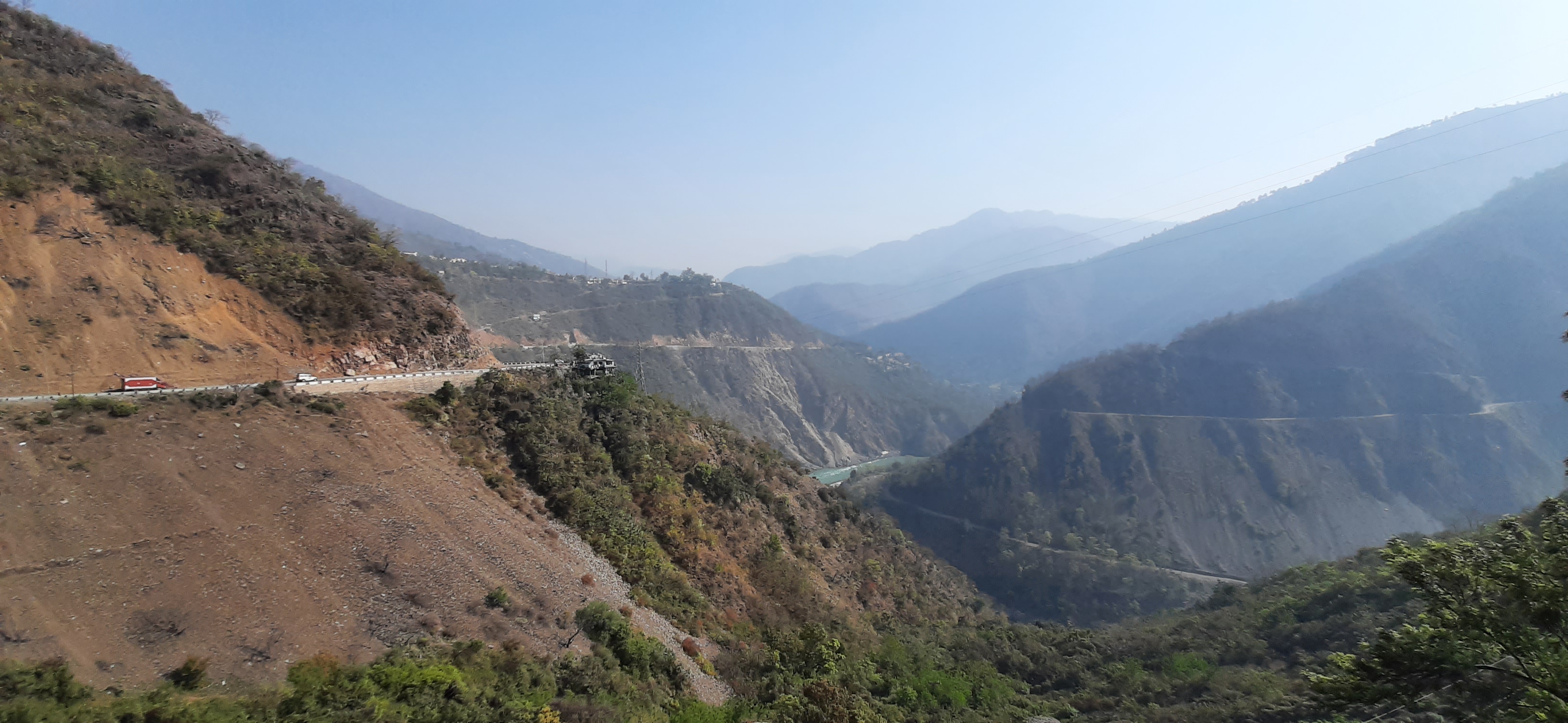
Some piping hot maggie and tea were the perfect breakfast I needed. As we kept moving along those winding roads, the beautiful confluence came to our view:
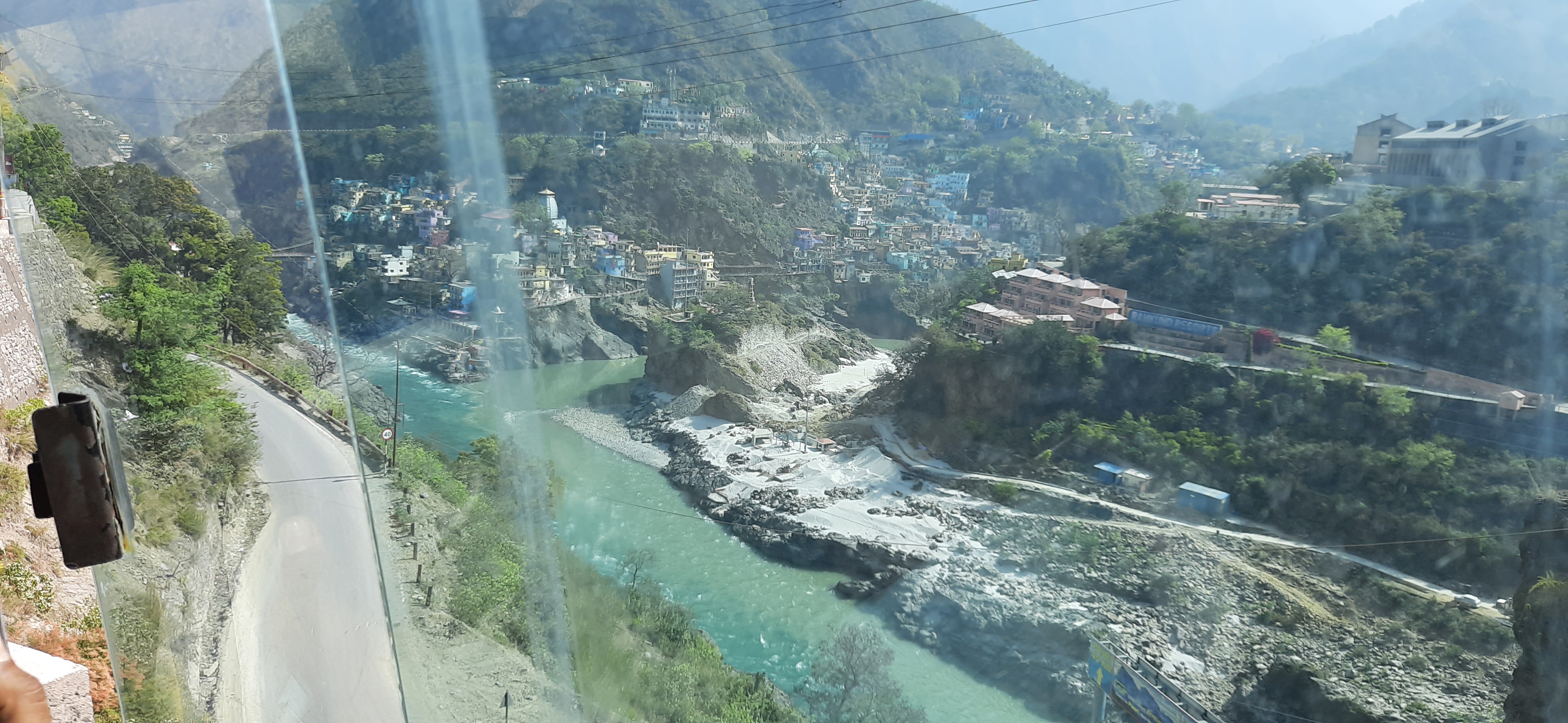

The driver finally dropped us off at the first confluence – Devaprayag. All of us were feeling too sick due to the ride. A lemon soda was the perfect pick-me-up I needed, and I sat down chatting with the old man who ran the stall. Having extended conversations, offering advice and helping our random strangers seems to be in the very culture of the folks there, and I absolutely loved it. We thanked the uncle, and made our way to witness the confluence, or sangam.
With our numerous bags, we walked down, crossing a narrow bridge across the river Bhagirathi. As we walked down the numerous shops of ornaments, pooja items, and sweet/snacks, we finally made our way to a lookout point from which we got our view of the sangam – and it was majestic. Here, have a look:
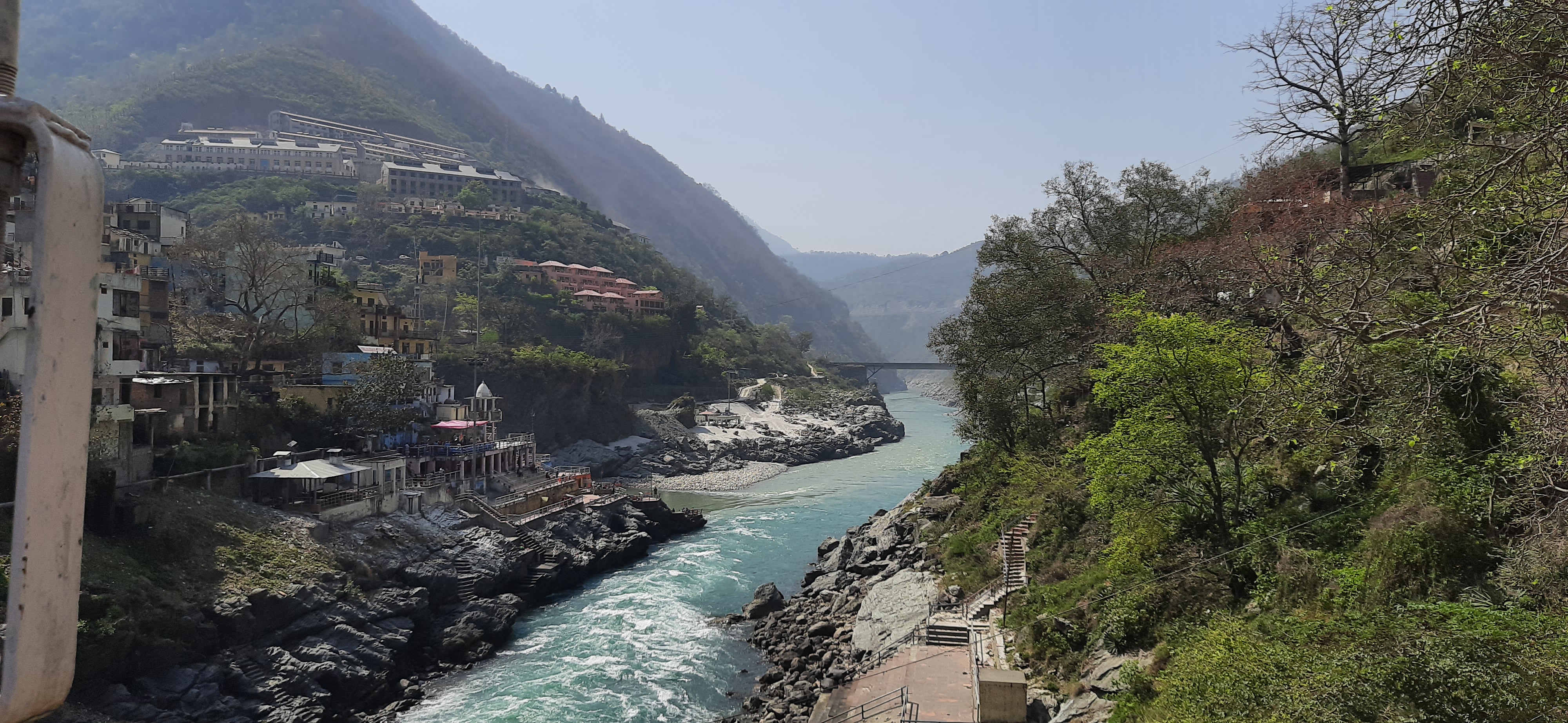
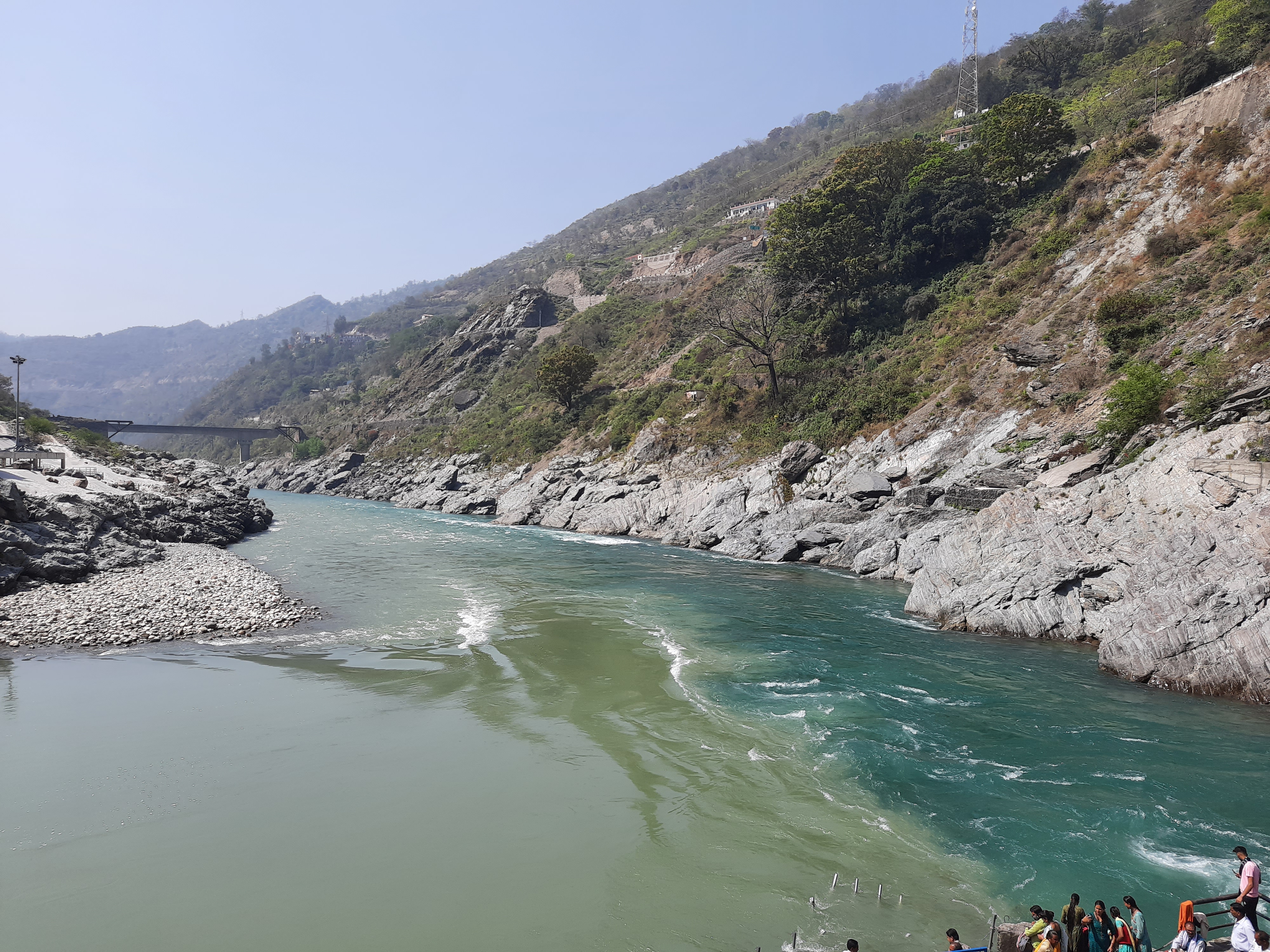
The blue coloured river is the Bhagirathi, while the brown one is Alakananda. As they meet, they don’t merge immediately. Rather, they slosh against each other, forming small vortex-like features which remind us of Kelvin-Helmholtz instabililty. Then, some many hundred meters down, they finally unite to give rise to the might Ganga.
We kept our luggage at the viewpoint, and went to take a dip at the confluence. At the confluence, the rivers were very fast, and quite scary. That particular day was a new moon day, so some of the locals were performing a ceremony dedicated to the mother Goddess, while others were performing their monthly rites to the deceased ancestors. It was amazing to see how these were exactly the things we in the deep south would perform on the banks of our rivers. Such is the wonder of India!
As we kept marvelling at the wonderous confluence, I collect about 3 litres of the pristine water from the confluence. Back home, it would be used in rituals, and is generally distributed amongst family, friends and neighbours. So Ihad to take enough for many people. The amazing thing though, was that we got a clear view of the Alakandanda. Even clearer was the water we collected – so clean, you wouldn’t expect this water from a river apparently so muddy:
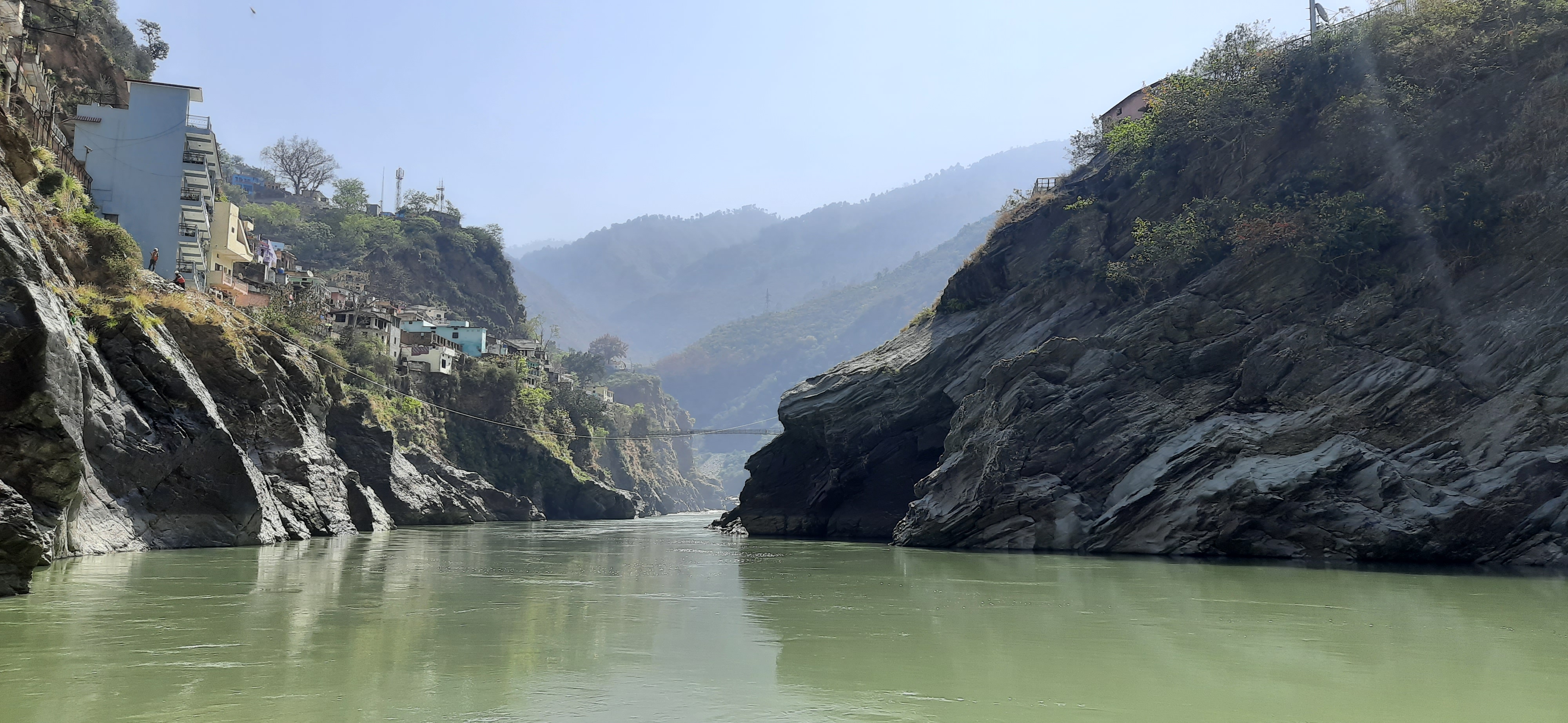
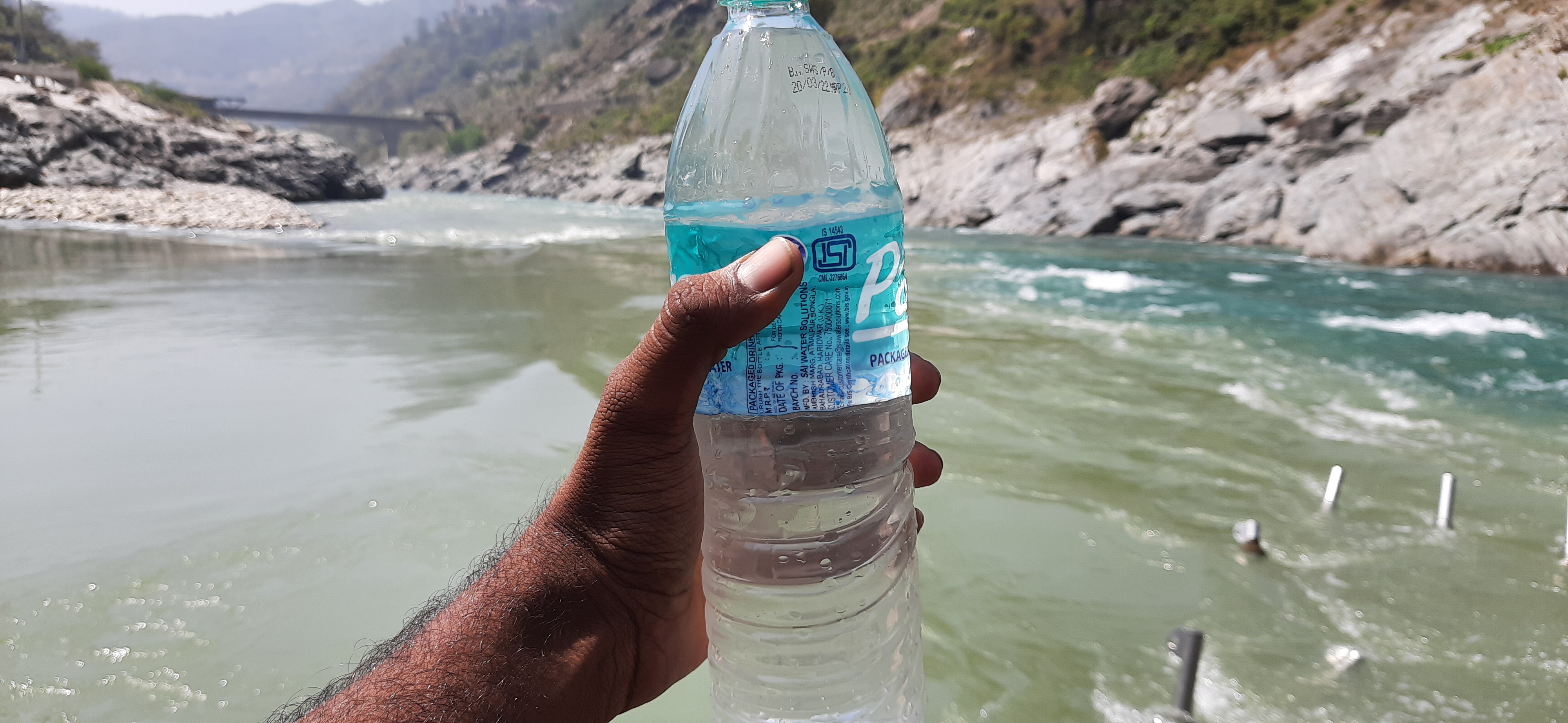
This water can be drunk as it is, and was extremely sweet and cold. We cleansed ourselves, and then made our way back up. From the viewpoint, I showed my family – right from my parents to grandparents to my aunts – the wonderful divie view. It still blows my mind that the road was super nice, and we get high-speed internet at this quite remote location in an non-tourist season. However, on top of that hill was the temple of Purushottama (best among men) Raghunath (another name of Lord Ram). We made our way to the top of the temple, and worshiped the Lord Rama.
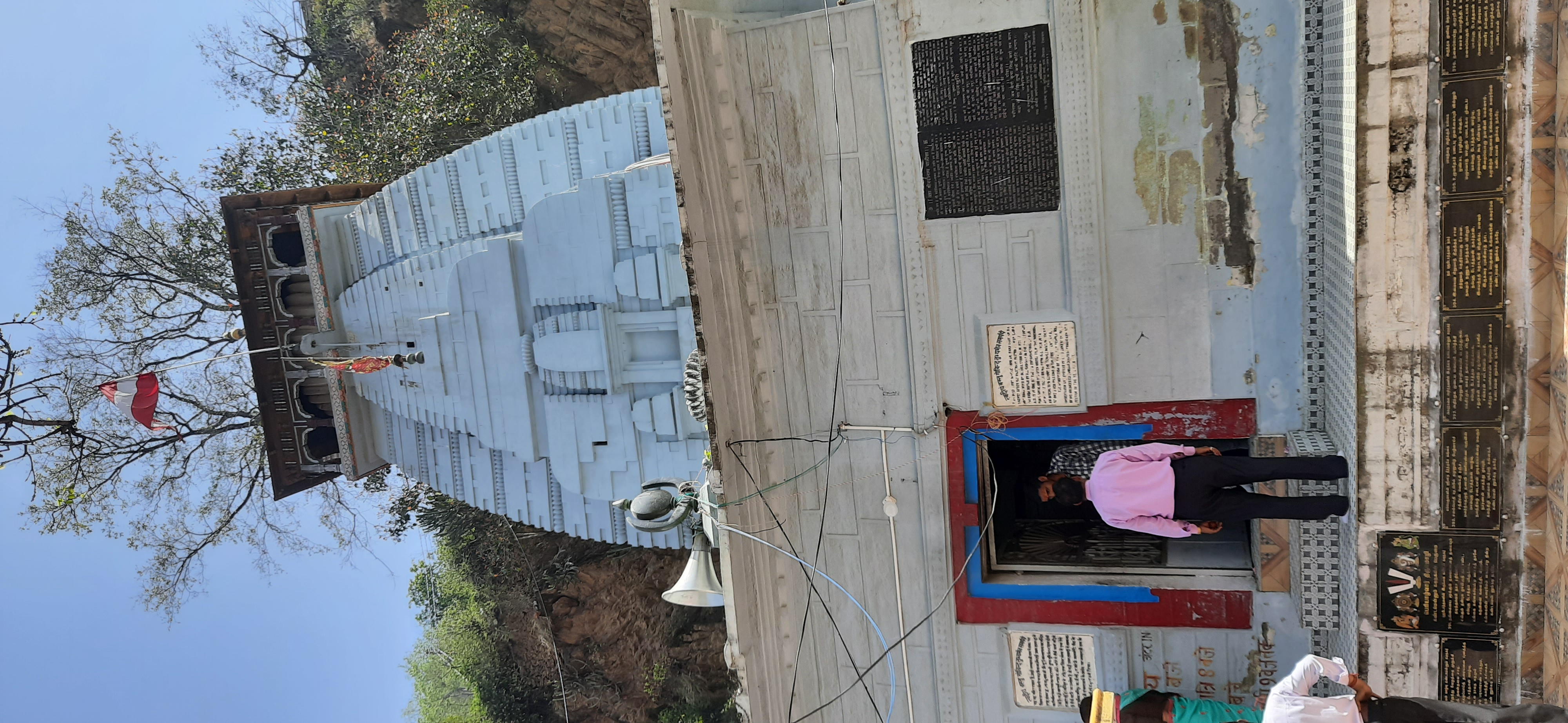
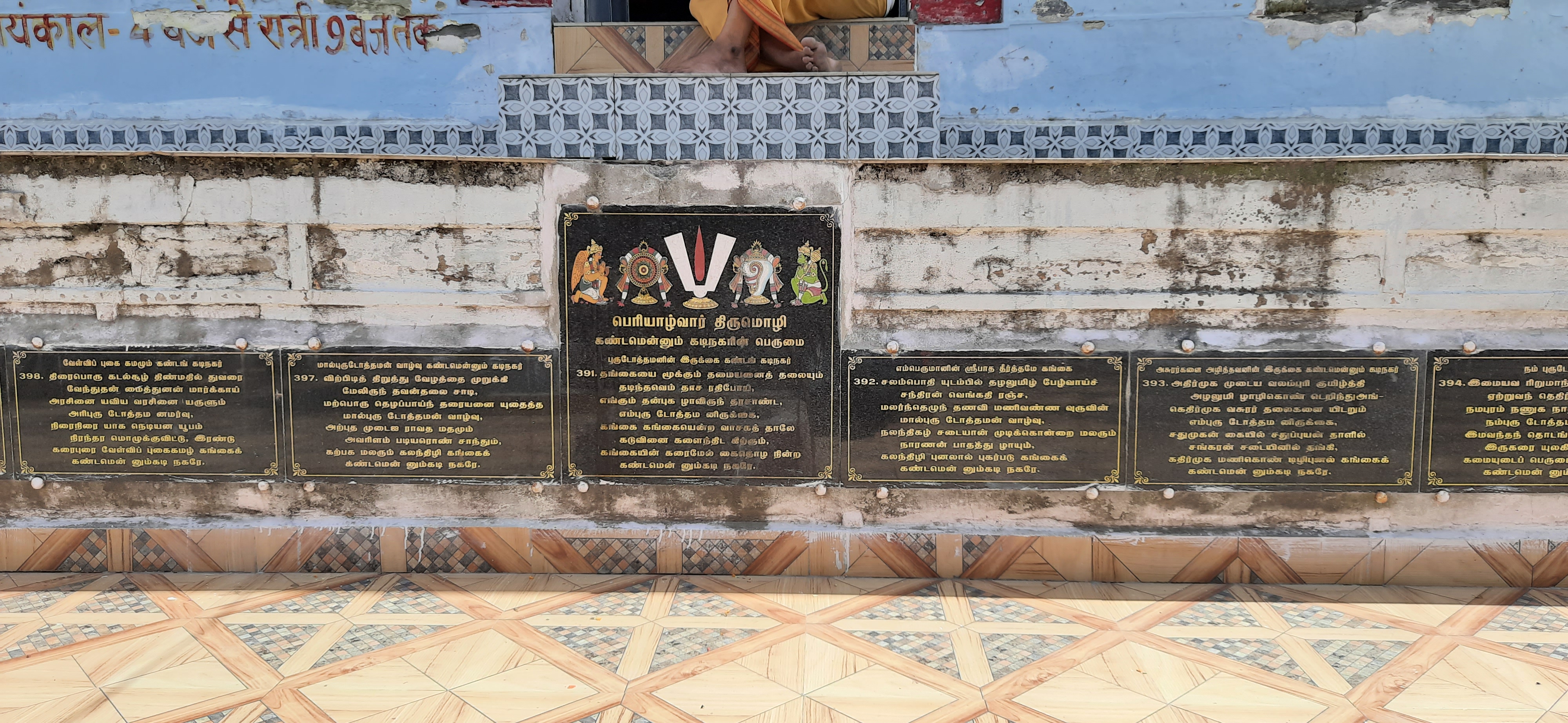
I was very excited to find a lot of writing in Tamil – imagine travelling more than 2000 kms from home, cutting across languages and cultures, to find my mother tongue! Turns out, many of the tamil philosphers and saints had sung exhalted praises of this temple more than 500 years back, and had composed poems in its honour. We sat down at the temple, losing ourselves in the calm, just absorbing our surroundings.
Some time later, we started to make our way back down – we had to get to Rudraprayag, the second confluence of Alakananda. We got our luggage, made our way back to the soda stall, and caught a bus to Rudraprayag, the confluence of Alakananda and Mandakini.
Rudraprayag
The journey to Rudraprayag was quite uneventful – good for us, we didn’t want to expend energy on any drama. We reached Rudraprayag by 4 p.m, and went about finding a cheap accommodation. We wanted a good view, and preffered something like a dorm. So we got a GMVN (Garhwal Mandal Vikas Nigam) dorm room (contains 7 beds) for Rs. 300 per person. And we got a view of the Mandakini-Alakananda sangam – sweet!
All this while, thoughts were weighing me down. Bikram wanted to turn back, since he was not particularly into temples, and wanted to get back near Delhi to see the Taj Mahal. At that very moment, a friend (one whom I knew only online!) checked my numerous Facebook statusses and enquired what I was doing. After a bit of chat, she called up her sister, who works at Joshimath. Seems like one can visit Badrinath when it is not open at our own risk with permissions. The temple would still be closed, and there would be no one in those mountains. And so we got the contact of our saviour didi. I was in, so was Anuj. I asked Bikram if he still wanted to see the Taj – obviously, that was not happening. Who would pass on visiting the pristine mountains of the Himalayas during a time without any people creating ruckus?
And so I called up our didi. She asked for our details to get things arranged. Then, she asked us on our plans to stay – which we didn’t have, because we were now travelling on a whim. So I asked her if there were a good, cheap place to stay. Didi put this plan to us: we spend the night at Rudraprayag like we aimed to, then stay the next day the ski area named Auli, and finally stay the night after at Joshimath. All of us concurred, and didi took care of our accommodation – no charges! We were amazed at her generosity, and proceeded to take a dip at the confluence of Alakananda and Mandakini.
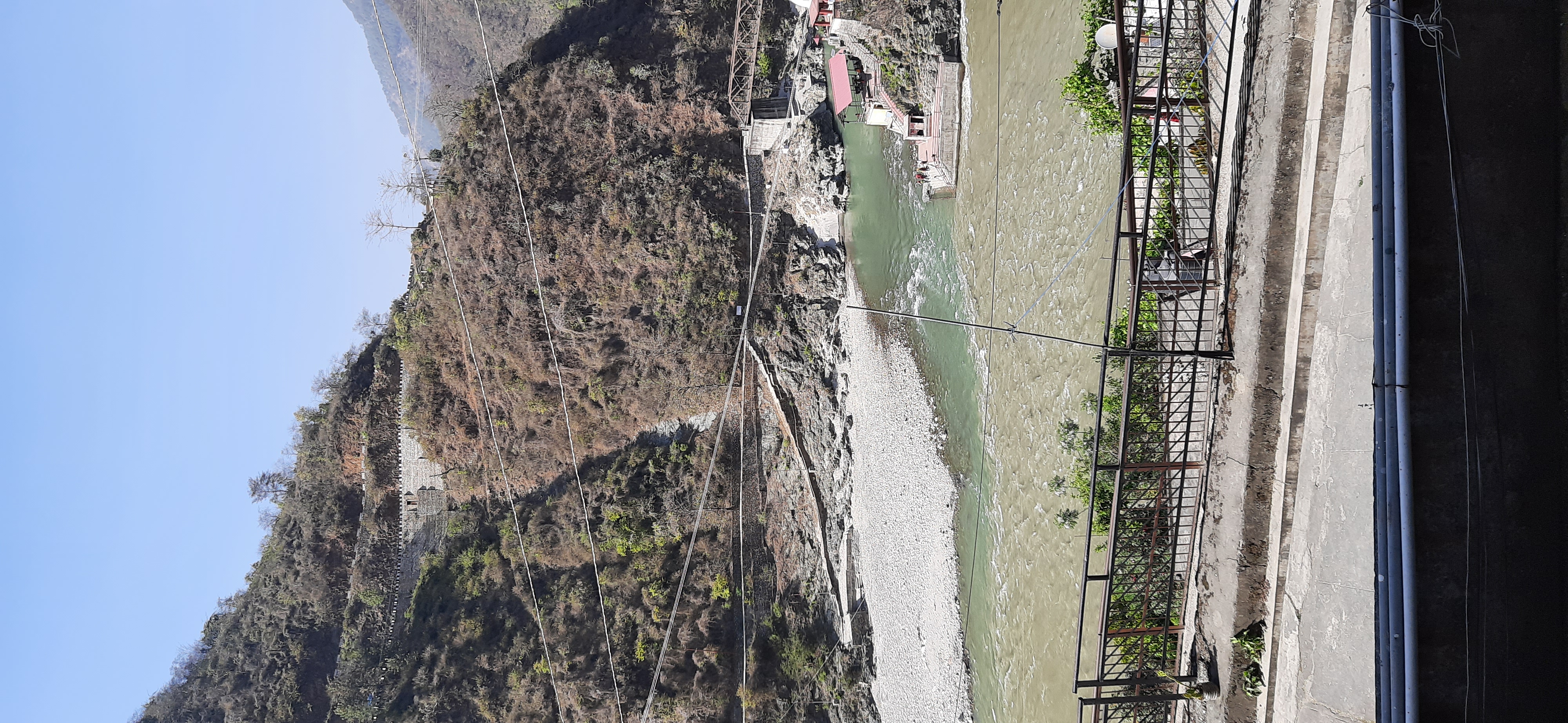
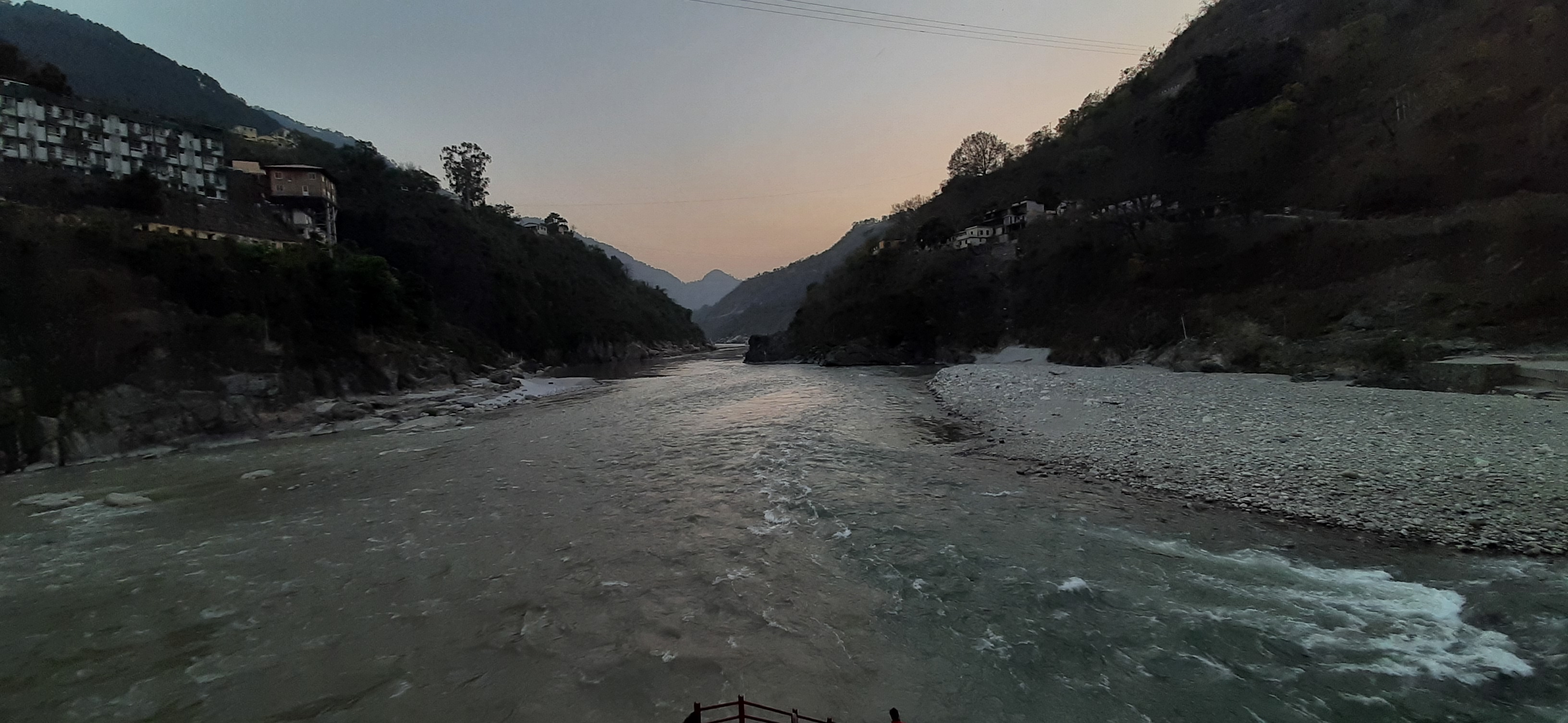
This confluence was simply amazing. There was almost no crowd – just a small temple on the top dedicated to the river Ganga. We went down, and dipped our feet into the rivers – a chill ran up our bodies as a calm ran down our minds. It was a needed respite for my super achy knees after getting hit in the Ganges.
The place was profoundly peaceful, and all of us took to the ways we channel our inner self. Anuj sat down on a rock meditating, Bikram sat gazing at the wonderous surroundings, while I sang slowly to the wonderful rivers and their sources. These songs and poems, written by the sages of yore to these very rivers eons ago, chose me to be their carrier to meet these rivers once again. I totally lost myself in the gushing mix of rivers and the lyric hailing them. After about an hour or so, we went to the temple to witness yet another Ganga arti, this time at a small scale. After another hour or so, we went uphill to have food.
The food we had on the way is some of the best food I have ever eaten. We had really good parathas, tea, pani puris, full meal, curd and lassi. After a hearty meal, we went to bed, extremely exhausted, but looking forward to the next day.
Onwards to Joshimath
We woke up early and took the bus to Karnaprayag. This place seemed a bit more commercial than the other prayag, but we did see the confluence of Alakananda with Pindar river.
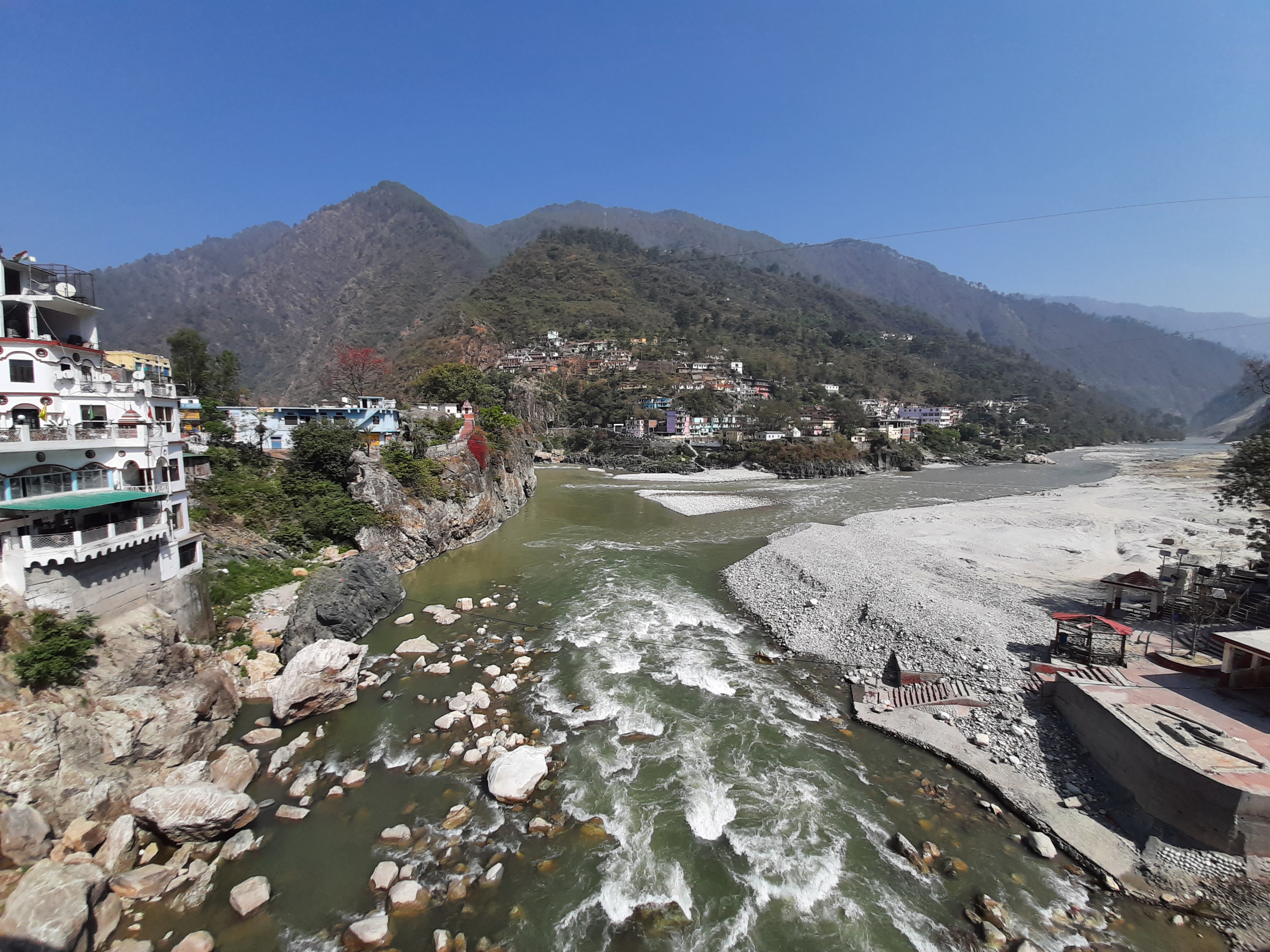
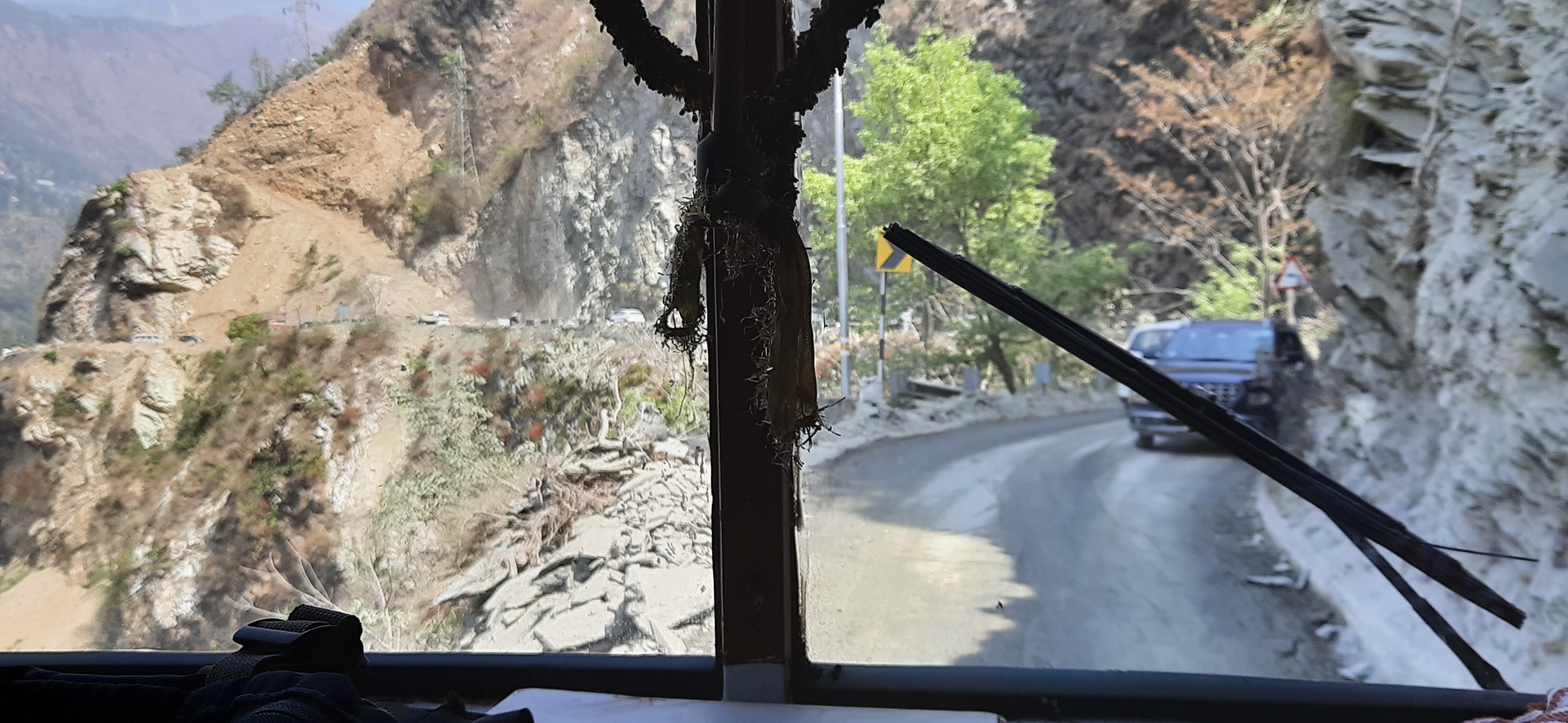
We changed another bus and made our way to Joshimath. We sat near the driver, getting the best views. This road was still not well done, but atleast there was some road. But we slept off while the fourth prayag – Nandaprayag – came. Too bad, though we would see it on our way back.
It took us almost 3 p.m. to reach Joshimath. After a quick tea, we had to get to Auli. A cable car goes till Auli, but it seems like the accommodation didi got for us was quite far from the other end of the cable car. So we got a very friendly cab driver to take us to Auli – a driver named Dillu Negi. Dillu was an extremely free spirited guy, and seemed to know everyone in the town, and on the way to Auli. However, he told us that we had a reservation at a very posh place. We did not quite have much money, and were on a budget. But ah well, we just enjoy the flowers on the apple trees and the snow capped mountains for now, and think about possible issues later!